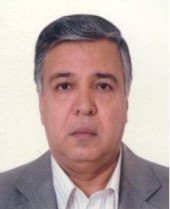Center for Nanoscience & Nanotechnology
Center of Excellence in Nanostructures
Justification of the program, the necessity of its implementation, and mention of higher-level documents and national priorities.
According to the country's comprehensive scientific program, the issue of clean and renewable energies is among the top priorities in the "A" category of the country's science and technology sector. One of the most important approaches to achieving clean and affordable energy is the use of nanostructured materials. According to the "National Energy Strategy Document," some of the most significant challenges and constraints in the country's energy sector include:
-
High energy intensity and low energy efficiency in Iran compared to peer countries
-
Limited access to innovative technologies
-
Low share of renewable and clean energies in the country's energy basket
-
Import and production of low-efficiency and energy-intensive products
-
High rates of air pollution emissions (including gaseous and particulate pollutants) resulting from unchecked energy consumption and the use of outdated and energy-intensive technologies in industrial, commercial, and residential sectors.
-
Increase in greenhouse gas emissions due to excessive energy consumption and intensity, resulting in an undesirable ranking of Iran among global producers of greenhouse gases, and the need to reduce emissions by 4 to 8 percent based on commitments
-
Lack of a comprehensive and unified study of the country's energy situation.
Therefore, increasing self-sufficiency in the development and application of advanced technology with a knowledge-based approach to energy and diversifying the country's energy basket are among the main goals of the energy sector. Considering the importance of reducing waste and increasing efficiency in energy production and consumption while adhering to environmental considerations and standards, the use of renewable and environmentally friendly energy technologies, and reducing greenhouse gas emissions and pollutants resulting from energy production, transmission, and consumption are among the general strategies of the energy sector in the "National Energy Strategy Document."
The approach of using novel materials to achieve high-performance and sustainable energy systems, consisting of abundant, environmentally friendly, and low-cost materials, is feasible. With this in mind and with a history of activity in the field of nanomaterials since 2005 at Sharif University of Technology, the "Nanomaterials Science and Technology Scientific pole with a focus on clean energy" aims to provide a suitable platform for collaboration and scientific progress among faculty members from different departments of science and engineering at the university, in line with the goals of the country's scientific poles.
This pole, with aim of Institute for Nanoscience and Nanotechnology at the university, intends to leverage existing scientific expertise and resources in the field of nanomaterials to develop and introduce novel materials in the areas of clean energy production, storage, identification, and pollutant removal. The center's approach is outlined in a project proposal that aligns with the National Energy Strategy Document and the expertise and capabilities of the faculty members in the field.

The proposed plan for the activities considered for the Nanotechnology for Clean Energy Scientific Pole.
The major objectives of the Nanotechnology for Clean Energy Scientific Pole
A) Achieving new knowledge and producing science and elevating the scientific position of the country by expanding the boundaries of knowledge in the field of nanomaterials with the application of clean energies.
B) Training top-level specialists required by the country in the field of clean energies by providing specialized training with a focus on the country's fundamental needs.
C) Creating a suitable environment for the formation and implementation of dynamic and interdisciplinary research by providing the necessary infrastructure for targeted research management.
D) Mutual scientific communication with active national and international scientific centers in the field of clean energies based on nanomaterials.
E) Attracting active researchers in the field of nanomaterials from inside and outside the country.
The minor objectives of the Nanotechnology for Clean Energy Scientific Pole
Manufacturing, characterization, and simulation of novel nanomaterials and systems for use in the following applications:
A) Production of energy from nanostructured solar cells.
B) Production of energy from triboelectric nanogenerators.
C) Production of clean fuel (oxygen and hydrogen) from renewable energies.
D) Energy storage using supercapacitors.
E) Water desalination and pollution removal.
F) Manufacturing of nanosensors required for detecting pollutants in various processes.
The intended achievements of the program regarding the objectives of the Nanotechnology for Clean Energy Scientific Pole regulations
-
Obtaining technical knowledge to produce 2D materials and studying their new optical and electrical properties.
-
Manufacturing stable and suitable inks from semiconducting materials that are printable and can replace imported materials for electron and hole transport with the produced samples.

-
Production of a printer for printing nanostructured solar cells.
-
Development of materials and systems for the production and characterization of solar cells.
-
Fabrication of nanostructured solar cells or printed thin-film modules in mini-module dimensions.
-
Utilizing triboelectric nanogenerators as a nanoscale/microscale energy source for small and portable electronic devices.
-
Utilizing triboelectric nanogenerators as self-powered sensors for various applications.
-
Utilizing triboelectric nanogenerators as wireless transmitters.
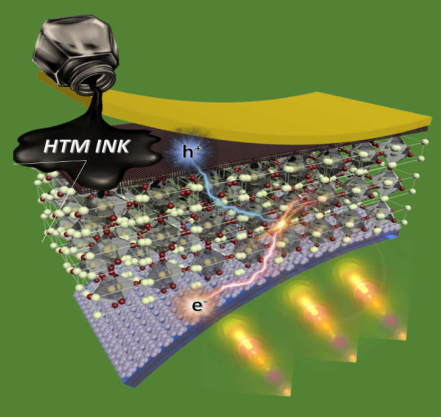
-
Developing capabilities in the preparation and development of nanostructured electrode systems with desirable electrochemical behavior for use in hybrid supercapacitors and as electrodes in hydrogen/oxygen fuel cells or direct alcohol fuel cells.
-
Fabrication of efficient positive and negative electrodes for use in clean energy production and storage systems and electrical stability in the mentioned devices.
-
Ability to close efficient hybrid supercapacitor systems (symmetric and asymmetric) with a suitable physical structure for use in daily needs of society such as hybrid cars, electronic devices in medical centers and hospitals, and portable electronic devices (laptops, tablets, and mobile phones).
-
Developing capabilities in the country to fabricate efficient hybrid supercapacitor systems with desirable energy density and power, and technical design of water and wastewater treatment devices.
-
Acquiring technical knowledge of the required sensors for the above equipment.
-
Expanding the frontiers of knowledge and increasing the country's share in the production of electrochemical energy production and storage systems by publishing scientific articles in reputable scientific journals worldwide.
Members

Dr. Azam Irajizad
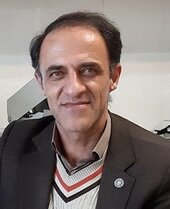
Dr. Saeed Shahrokhian
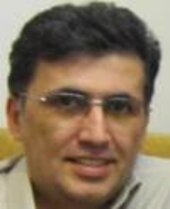
Dr. Nima Taghavinia
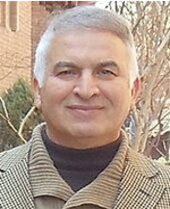
Dr. Alireza Moshfegh
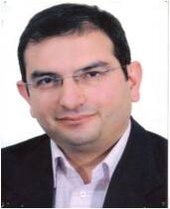
Dr. Abdolreza Simchi

Dr. Manouchehr Vossoughi
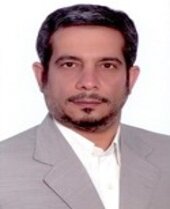
Dr. Reza Naghdabadi
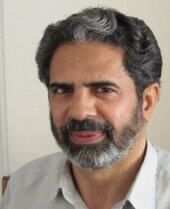
Dr. Seyed Mohammad Mahdavi
